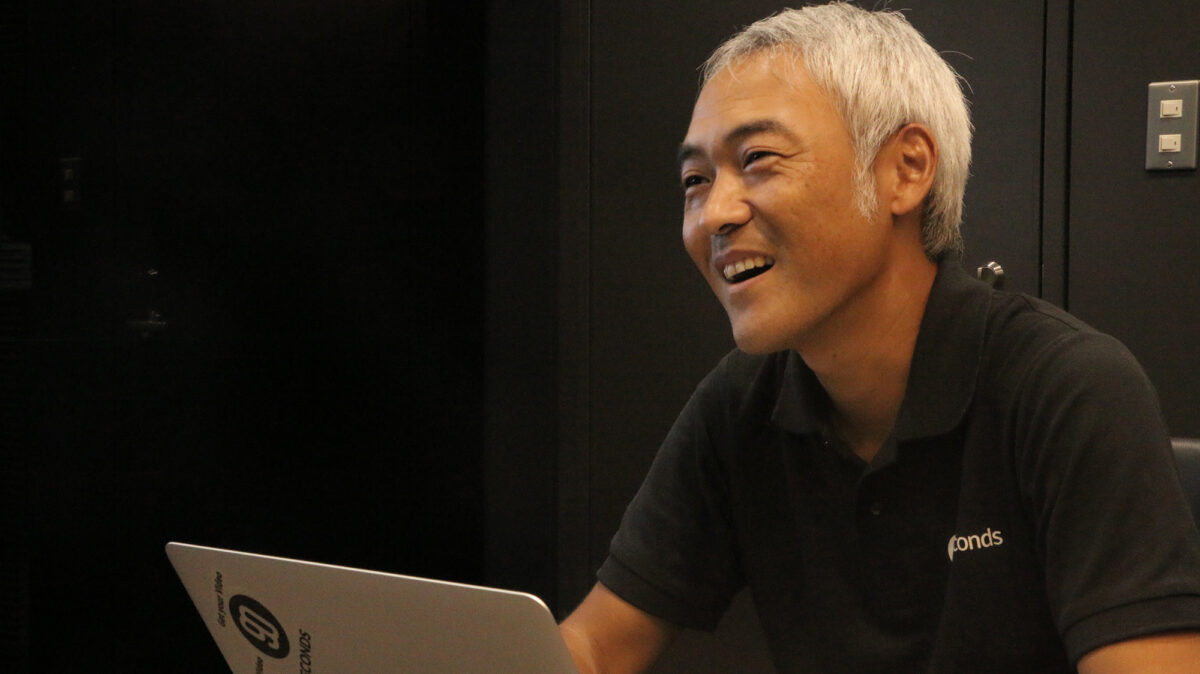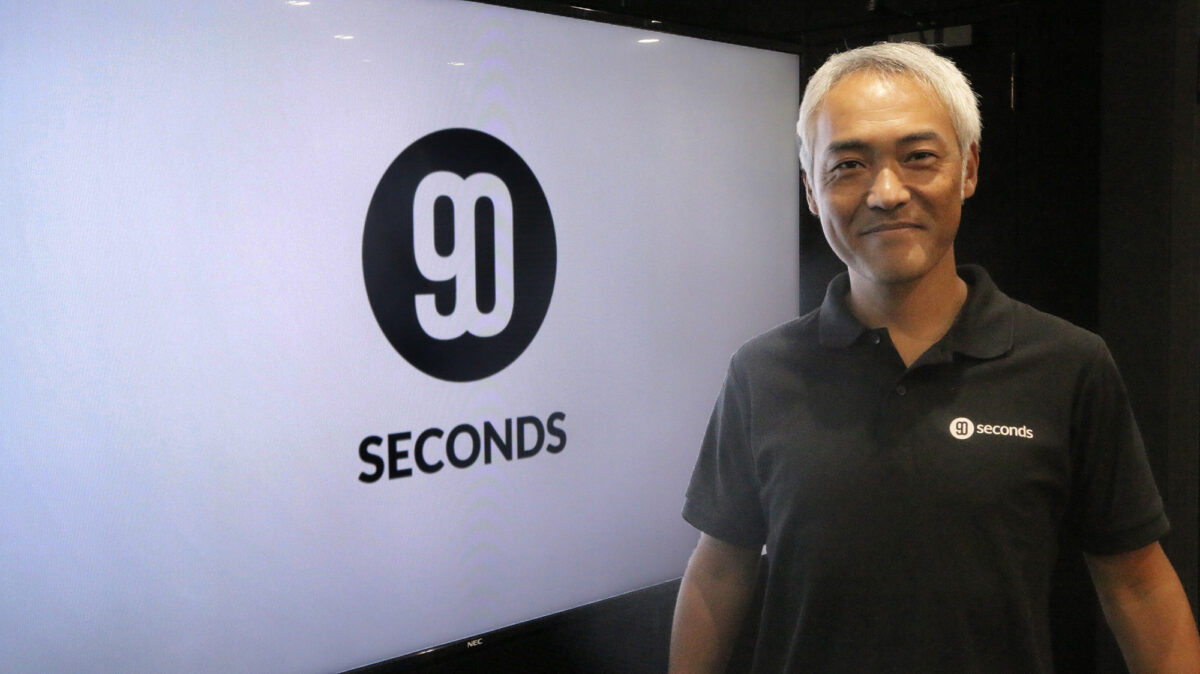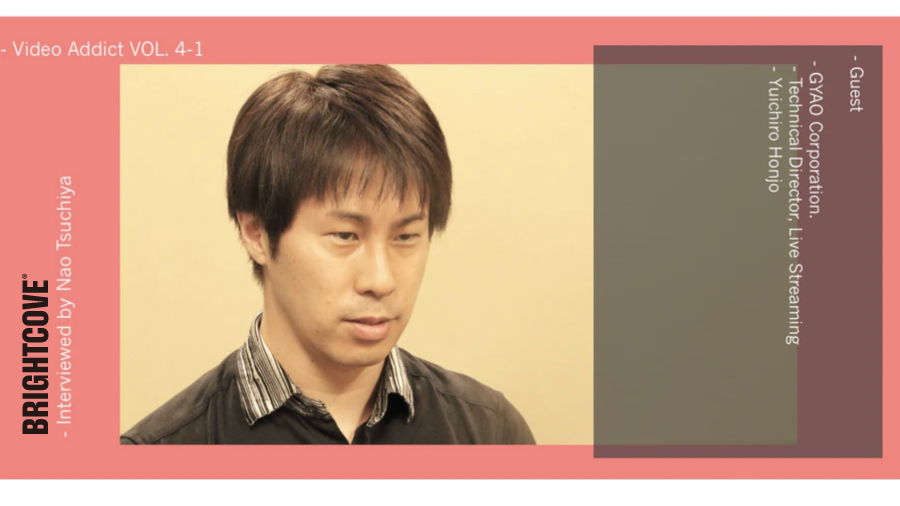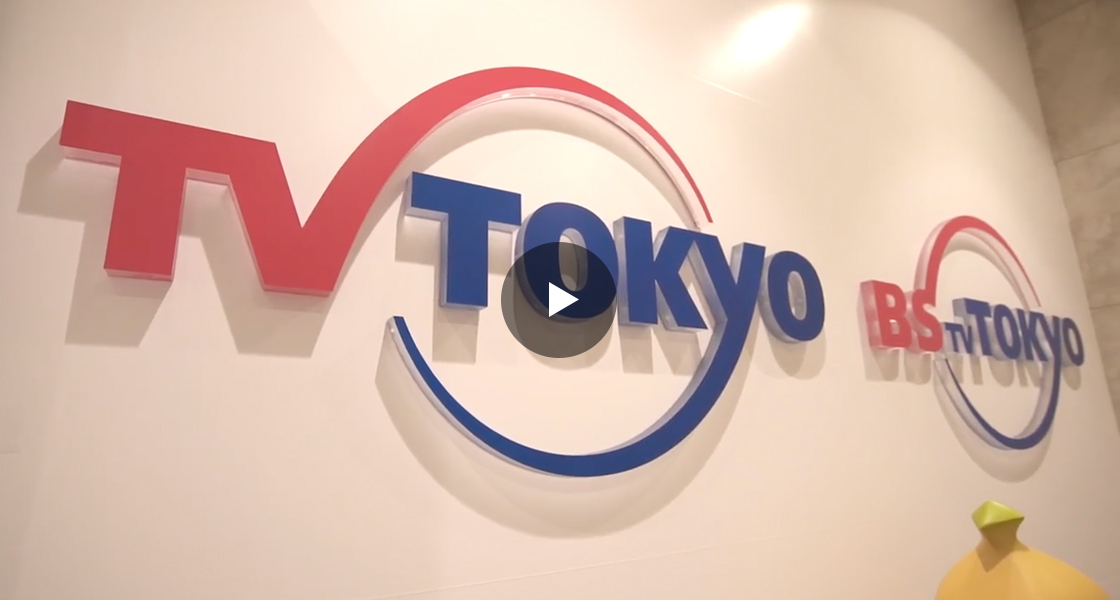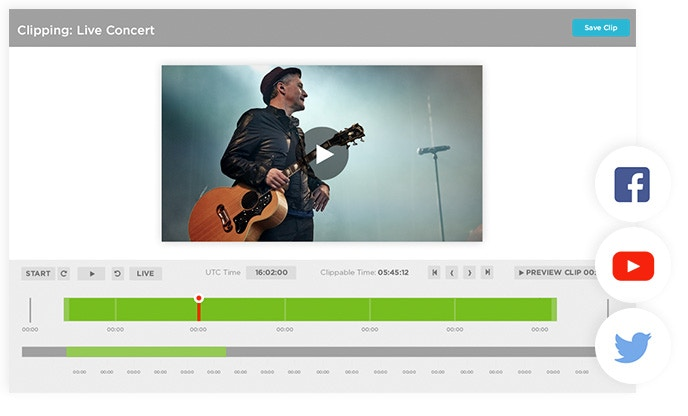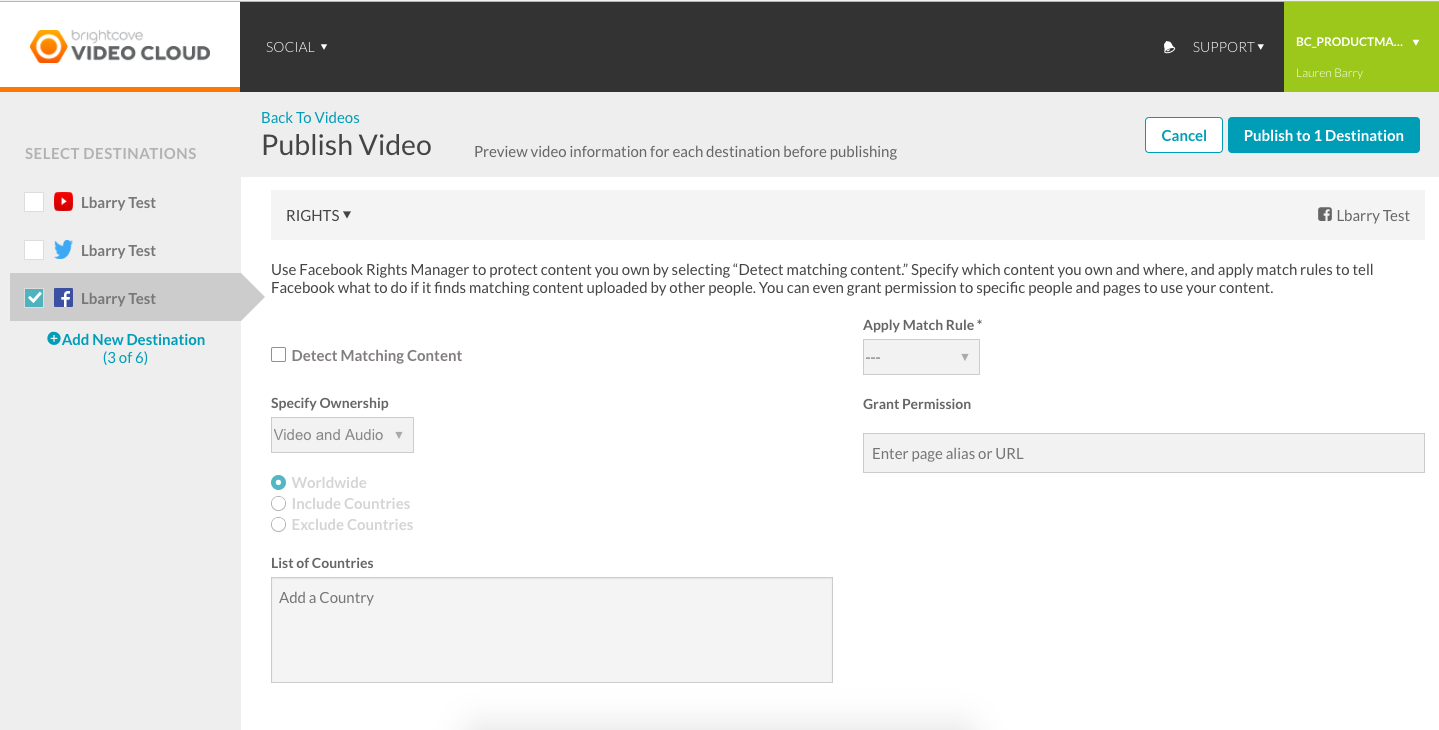Ever since video content could be stored in digital formats, piracy has been and continues to be a major obstacle for broadcasters and content owners around the world.
In today’s streaming landscape, piracy has a substantial revenue impact—with the illegal downloading and streaming of movies and TV shows projected to cost the TV and film industry US$51.6 billion globally by 2022.
The piracy problem continues to escalate within the OTT space—and the current streaming wars are only adding fuel to the fire.
Read on to learn more about this trend and how to address the issue of OTT video piracy from all angles.
FROM PIRATED DVDS TO STREAMING: VIDEO PIRACY GETS SOPHISTICATED
Online video piracy has evolved from BitTorrent sites to illicit streaming devices (ISDs), which appear similar to a set-top box and come preloaded with channels and content. These devices allow users to stream movies, TV series, and live sporting events without any authentication or security protocols.
With their slick user interfaces (and sometimes, a subscription fee), it’s easy to fool anyone into thinking that these devices offer a legitimate service. It’s mind-boggling to think that in Singapore, a model nation for law and order, anyone can openly buy these devices in local electronics stores or online through popular e-commerce sites such as Lazada. It’s easy to understand the appeal of these devices: They provide access to programming that is either not shown locally or has not gone through the local censorship agencies.
Aside from ISD devices, illegal video streaming sites are thriving because of the size of their content library and how they break down the exclusive content silos.
In a recent case in the United States, two illegal streaming sites, who have amassed a portfolio of content pirated from Netflix, Amazon Prime, Hulu, and even other popular pirate sites were indicted. These streaming services were not only available over the Internet but were also designed to work across numerous devices and platforms ranging from mobile devices, Smart TVs, video game consoles, digital media players, and set-top boxes. Now, that’s a sophistication level that may prove difficult to tackle, so a three-pronged approach is needed:
-
Work with local government agencies and the Asia Video Industry Association’s Coalition Against Piracy (CAP) to enact stricter piracy laws and significant fines or prison sentences
-
Ban the sale and distributions of ISDs, and suspend or revoke licenses of electronic stores known to sell these devices
-
Work with internet service providers to shut down or block illegal streaming sites
WILL OTT DISRUPT ONLINE VIDEO PIRACY?
Even though all of the tactics listed above are intended to shut off the supply side, it’s important to address the demand side, as well. One may think that the explosion of streaming services would disrupt the demand for online video piracy. But it’s causing an unanticipated consumer behaviour because, after years of decline, BitTorrent usage is beginning to rise. The rise is due to the ever-escalating streaming wars—in which major media companies are all competing to create an exclusive, in-house content portfolio as a means to drive subscriptions and reduce their content licensing costs.
This exclusivity strategy only becomes more expensive for the consumer—who ends up subscribing to multiple OTT services to meet their content needs. Consumers are open to signing up for multiple OTT services, but they do have a certain spend threshold when it comes to how much they are willing to pay. Let’s remember that the reason why OTT streaming services were successful in the first place was that they offered a less-expensive alternative to pay-TV services. If subscribing to multiple streaming services becomes too costly for consumers, users may just sign up for a couple of services—and pirate the rest of the content on their wishlist. As such, OTT streaming providers should consider implementing an aggregate strategy on top of their standalone offering, as well as an ad-funded pricing strategy.
Does this sound like we are going back to the pay-TV era of an aggregated model, but through an OTT delivery and price point? It seems to trend that way. OTT streaming providers need to be mindful that ever-escalating streaming wars will only drive up the cost for the consumer, and in response, it could mean losing audiences to piracy.
BEAT PIRACY BY GIVING CONSUMERS WHAT THEY SEEK
It’s important to remember that piracy exists because it delivers what the consumer wants at a fundamental level: almost instantaneous access to their desired content at an affordable price (or even for free).
We know that recommendation engines can play a crucial part in subscriber retention. OTT streaming providers should consider adding a reverse function of asking the consumer what they want to watch (and incorporating those titles into the content library) as another way to meet consumer demand, curb the need to pirate content, and extend the lifetime value of a customer.
In order for piracy to fade into irrelevance, OTT streaming providers must address both the supply side and the demand side. From the supply side, OTT streaming providers need to work with government agencies to address both the legal and policy aspects of piracy and lobby for stricter legislation.
Tackling the demand side means OTT streaming providers need to design a user experience that delivers the absolute best-in-class experience for the consumer. That means incorporating several parameters that are key to consumers: content needs; flexible payment packages that offer a combination of ad-funded, ad-free options, or a hybrid option; frictionless sign-up experiences; and high-quality video streaming.
Want to learn how to address OTT video piracy is impacting your business and content?
Speak to our OTT experts today.

